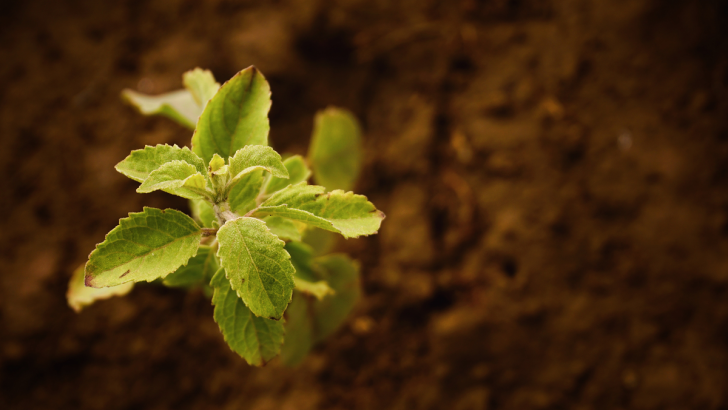Green Fingers
October is usually the time of year that our temperature changes from warm to cooler, if not frost. This in turn signals a change in the look of most gardens, from full-on bursting with foliage and flowers to slimmed down or bare boned, even somewhat skeletal.
Don’t be too tidy: leave the big clean-up till spring. Tidy away anything that gets blackened and melted by frost, like Hosta leaves, but leave anything that doesn’t look too bad. Leave all seed heads – garden birds will need them to feed on. Plants with hollow stems will provide shelter for spiders and beneficial insects to overwinter in.
Go a step further, and create a log pile. It’s very simple to do, and you will reap huge benefits next year. In a sheltered spot, just make a pile of logs, branches, and twigs. This will provide food and shelter for insects, who in turn will become a food source for birds and small animals. Next year these same birds and animals will be used to your garden providing food for them, and will help with pest control.
Anything you do clear up, make sure to compost. If you don’t have a compost heap yet, start one. The best time to start a compost heap was last year, but the next best time is now. You will have lots to put into it. Summer bedding plants from baskets and planters etc that frost kills – just tip the whole lot in, compost included. It’s no good next year.
Given the right conditions anything that once lived and grew can grow again in another form by being composted. Fallen leaves can be added to it, but leave those that fell in your beds and borders. Only remove the ones that cover the crowns of your plants to prevent the crowns rotting. Leave the rest. They form a mulch, and through time will be brought down into the soil and be eaten by earthworms, thereby aerating and enriching your soil.
Pot-grown trees and shrubs can be planted almost all year round, but generally autumn is the best time. The ground is still warm but it’s moist. Earthworms and soil bacteria are still active. There is still root growth, but no tap growth to use up energy and water. The tree or shrub will be settled in before next summer’s full growing conditions.
However, if your soil stays very wet throughout the winter it may be best to delay planting till spring. Small plants such as alpines and herbaceous perennials are also best left till spring. Check newly planted trees and shrubs after strong winds and frost to make sure they are still securely planted, and if not, refirm them.



